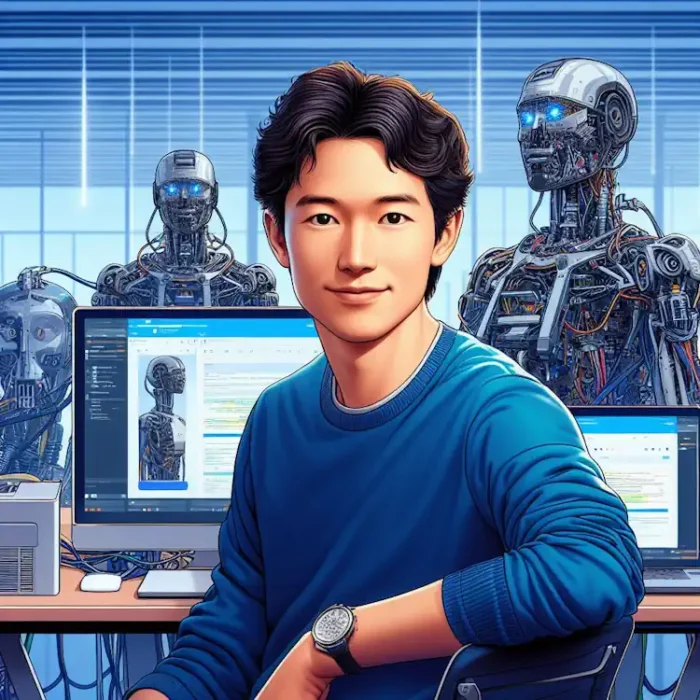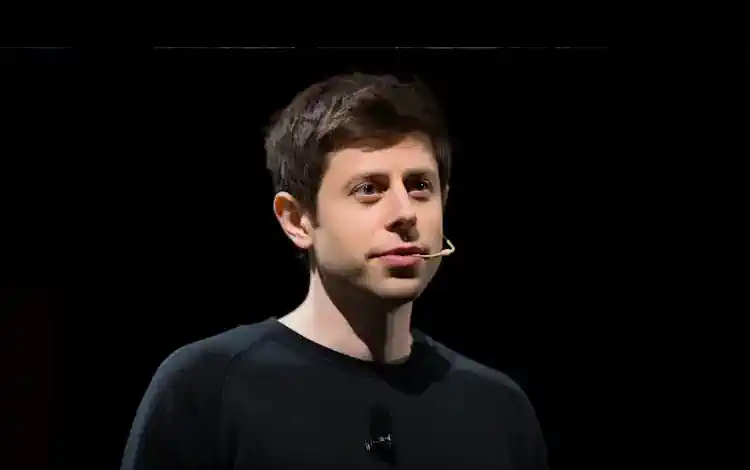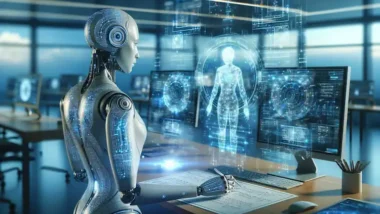Table of Contents
- 1 Leadership U-Turn
- 2 Strategic Board Reshuffle
- 3 Altman’s Anticipated Return
- 4 AI Industry in Disarray
- 5 Behind the Scenes of Altman’s Departure
- 6 Employee Power Play
- 7 Interim Leadership and Future Roles
- 8 Microsoft Tightens Its Grip
- 9 Microsoft and OpenAI’s Shared Ambitions
- 10 Altman’s Vision for AI
- 11 OpenAI’s Market Ambitions
Leadership U-Turn
After a tumultuous week of unexpected leadership changes and internal disputes, Sam Altman has reclaimed his position as CEO of OpenAI. The company announced the decision alongside the introduction of a newly formed board, indicating a significant shift in governance.
Strategic Board Reshuffle
Joining the fresh OpenAI board is Bret Taylor, former co-CEO of Salesforce, who will serve as the board’s chair. The board will also welcome Larry Summers, former Treasury Secretary, and Adam D’Angelo, CEO of Quora, as they work alongside Altman to refine the company’s direction.
Altman’s Anticipated Return
In a message to the public, Altman expressed enthusiasm about his return to OpenAI. He emphasized the importance of the company’s partnership with Microsoft, which has been a key financial supporter of OpenAI’s advancements, including the popular ChatGPT.
AI Industry in Disarray
The recent upheaval within OpenAI sparked broader debates on the pace of AI development and the future of the industry. Negotiations over leadership and operational strategies were at the forefront of the crisis that has now seemingly been resolved with Altman’s reinstatement.
Behind the Scenes of Altman’s Departure
The precise reasons behind Altman’s initial dismissal remain unclear, with the company citing a lack of candor. However, reports suggest that internal tensions regarding the aggressive push for AI development played a significant role in the conflict.

Employee Power Play
The dramatic turn of events was heavily influenced by OpenAI’s workforce. With the threat of a mass exodus to Microsoft, employees demanded the reinstatement of Altman, leading to the board’s resignation and the subsequent reappointment of Altman as CEO.
Interim Leadership and Future Roles
Emmett Shear, who stepped in as interim CEO during the crisis, shared his relief at the resolution. With Altman’s return, Shear’s future role remains uncertain. Co-founder Greg Brockman will also be making a comeback to OpenAI.
Microsoft Tightens Its Grip
The resolution of the leadership dispute appears to favor Microsoft and Altman. Microsoft has gained greater influence over OpenAI, while Altman continues to steer the company he co-founded, now backed by a board that shares his vision.
Microsoft CEO Satya Nadella welcomed the changes to the OpenAI board, viewing them as a move towards more effective governance. This partnership is set to be a cornerstone in the development of AI technology, which is projected to be a major driver of technological progress in the near future.
Altman’s Vision for AI
Despite public cautions about the potential risks of AI, Altman has been a proponent of rapidly advancing and commercializing AI tools. He has pledged to advance OpenAI responsibly, drawing comparisons between AI’s potential impact and that of historic innovations like the printing press and the atom bomb.
OpenAI’s Market Ambitions
Altman has been actively promoting the release of OpenAI’s products to the market, aiming for profitability. The company has announced initiatives to enable the creation of personalized versions of ChatGPT and is collaborating with Microsoft to integrate AI technology into their suite of products. Additionally, OpenAI has been in discussions to secure substantial investment for a revolutionary AI device, potentially reshaping the tech landscape.


